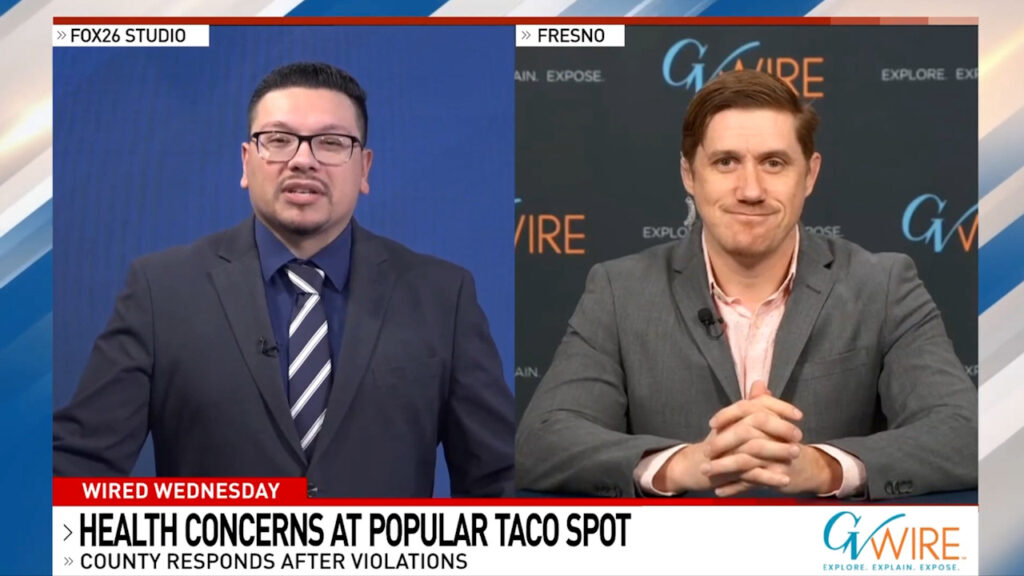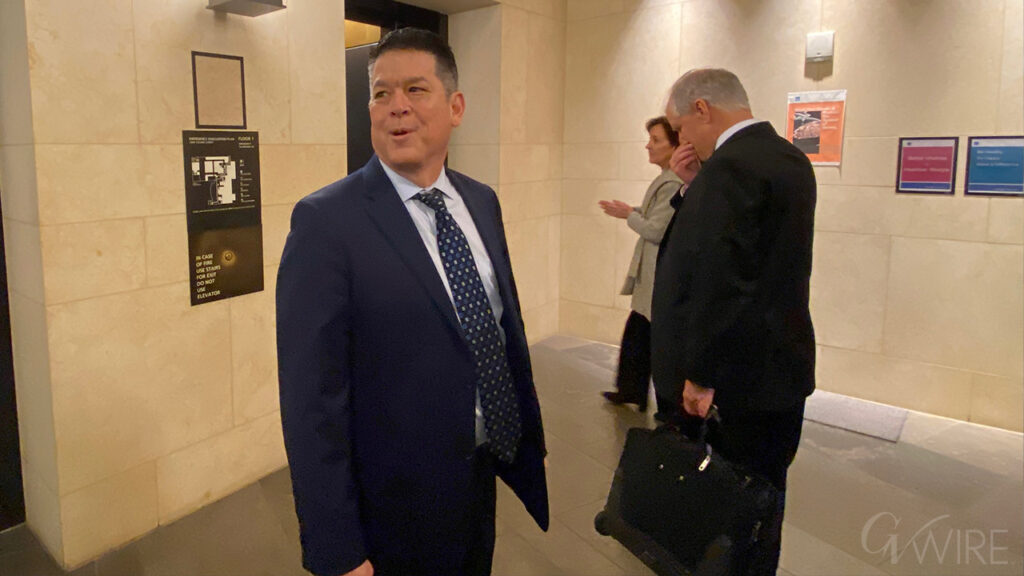Share
Dare we say it? The outlines of a truce in California’s unending water battles began to come into focus last week, though not everyone is willing to sign the treaty.

Opinion
Jeffrey Mount & Ellen Hanak
Special to CALmatters
This first phase, which has been many years in the making, focuses on the San Joaquin River and its tributaries, and would allocate a greater share of water to the environment.
This is an effort to improve conditions for dwindling populations of endangered native fish such as salmon and steelhead. It also means an increase in water scarcity for farms and cities.
The mere adoption of the plan was significant. But something else happened in the board meeting that may be more important and longer-lasting: state officials presented the framework of a peace treaty for Central Valley water wars.
With support from Gov. Jerry Brown and Gov.-elect Gavin Newsom, most of the combatants negotiated the outlines of a comprehensive settlement agreement.
Improving Ecosystem Conditions for Native Fish Species
The Natural Resources Agency—including the Department of Water Resources and the Department of Fish and Wildlife — spent countless hours over several years convincing water users to develop a voluntary approach to improve ecosystem conditions for native fish species.
The approach state officials presented to the board would increase flows in rivers and the Delta and make major investments in habitat. Perhaps most important, it would create sustainable funding for these efforts, including fees on water diversions, while improving scientific research on and governance of restoration efforts.
To be clear, a framework was presented, not an actual settlement. But the framework contains commitments of water, habitat restoration and funding.
It also includes timelines for action from water users across the greater Sacramento–San Joaquin River watershed, and a willingness to get this settlement completed by the end of 2019. A few districts — such as the Oakdale, South San Joaquin and Merced Irrigation Districts — balked at the framework and are threatening litigation. But most of the watershed has signed on.
If this settlement is achieved and adopted by the board, it will be a major step forward in water management in the Central Valley. But a lot of work lies ahead. Water and habitat commitments—along with sources of funding—need further negotiation, and a robust governance and science program still needs to be designed.
Additionally, many of the non-governmental environmental organizations that were mostly left out of negotiations need to be more involved.
Federal Government Can Be a Partner or a Roadblock
Finally, the federal government can either be a partner or a roadblock to this effort. Federal representatives actively participated in negotiations and helped spur innovative approaches along the way.
Despite these hurdles, there’s reason for optimism that there can be a truce in California’s water wars. What’s clear is that negotiated solutions to water conflicts are fairer and longer-lasting than top-down regulatory solutions or, worse yet, litigated solutions where judges end up trying to manage water.
Incoming Gov. Newsom’s support and involvement will be essential to carry this effort to a positive conclusion. It should be a priority for his new administration.
Jeffrey Mount, mount@ppic.org, is senior fellow and Ellen Hanak, hanak@ppic.org, is the director at the Public Policy Institute of California’s Water Policy Center. They wrote this commentary for CALmatters.


















